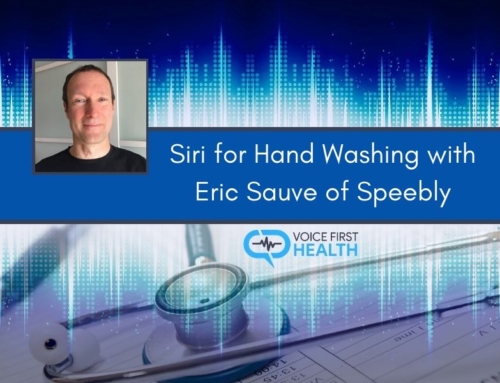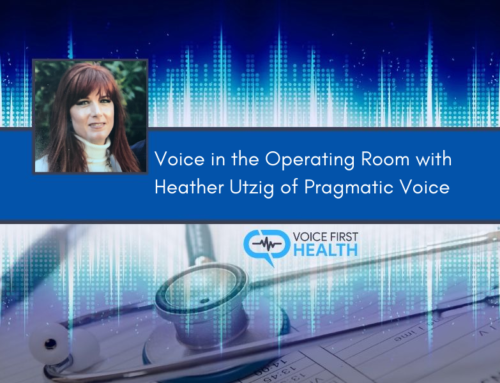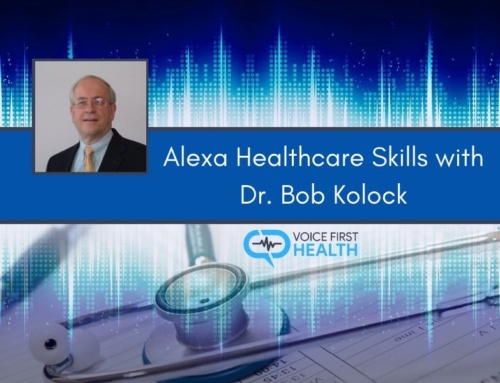VFH Episode 15
In this episode, Teri welcomes Dave Kemp, a thought leader in the intersection between voice first technology and hearables.
Dave is part of a company called Oak Tree Products and they provide medical supplies and devices to the hearing technology industry. He also has a blog called FuturEar.co where he documents the rapid technological breakthroughs that are occurring in the hearables niche, including biometric sensors and voice assistants that are being incorporated into the hearable devices.
Key Points from Dave Kemp
- In a voice first world, in order for there to be an efficient exchange of information, a person involved in that communication exchange has to be able to hear
- Where hearables are going in a world where we are rapidly adopting voice technology.
FuturEar.co
- The blog is about telling stories around innovative use cases for new in-the-ear devices.
- A lot of new things can be done with Bluetooth connected audio devices.
- In the ear devices will continue to become more computerized and become more like stand-alone computers.
The Voice First/Hearing First world
- Data shows that one of the fastest growing demographics for smart assistant usage is the older population.
- Hearing loss is a prevalent problem and presents a challenge because people with hearing loss can’t hear Alexa. There can be an amplification solution in a hearing aid and then Alexa can be ported into it. That will not only improve accessibility but also empower people with hearing loss by enabling them to have complete control over their environment.
- The older population is poised to be the early adopters of the in-the-ear voice first technology.
- The functions of smartphones will be migrated gradually to smart assistants.
Developments in the hearing assistant devices niche
- Amazon released the “Alexa Mobile Accessory Kit” in 2017.
- The kit offers a new way to bring Alexa to portable, on-the-go devices such as hearables and more. The kit enables OEMs to add Alexa to their devices with minimum investment in hardware or integration efforts.
- Qualcomm just announced more ways their chips can be used to embed Alexa into devices.
- Smart assistants will facilitate the creation of smart homes where the older population can live independently without the need to move into a retirement home.
- Numerous new biometric sensors are constantly being embedded into in-the-ear devices. The sensors can track fitness and detect different things.
- PPG sensors (embedded in hearing aids and other hearables) that can identify blood pressure, heart rate, and other things are expected to come up. A PPG sensor is the optical sensor that, for example, an Apple watch uses to record a person’s heart rate.
- The first biometric sensors were being embedded in hearing aids since early 2018.
- A biometric sensor manufacturer and sensor supplier to the hearing aid OEMs has announced that they will have a commercially available PPG sensor by 2019 so the OEMs can implement them into their devices.
- The largest challenge to overcome with all the developments going on is privacy and security.
The Meaning of Voice First Health to Dave
- There are so many efficiencies to be had here. The area for improvement is all the clerical work in the actual medical setting from how doctors record notes to the healthcare administration processes.
- Capitalizing on the new efficiencies to make the whole medical system more efficient.
- He thinks the smart assistant will eventually be a person’s personal nurse. Through voice analyzation they will be able to understand a person’s state of health. Amazon has a patent based on Alexa being able to tell if a person is sick based on the inflection of their voice and it would prompt them to seek medical help.









